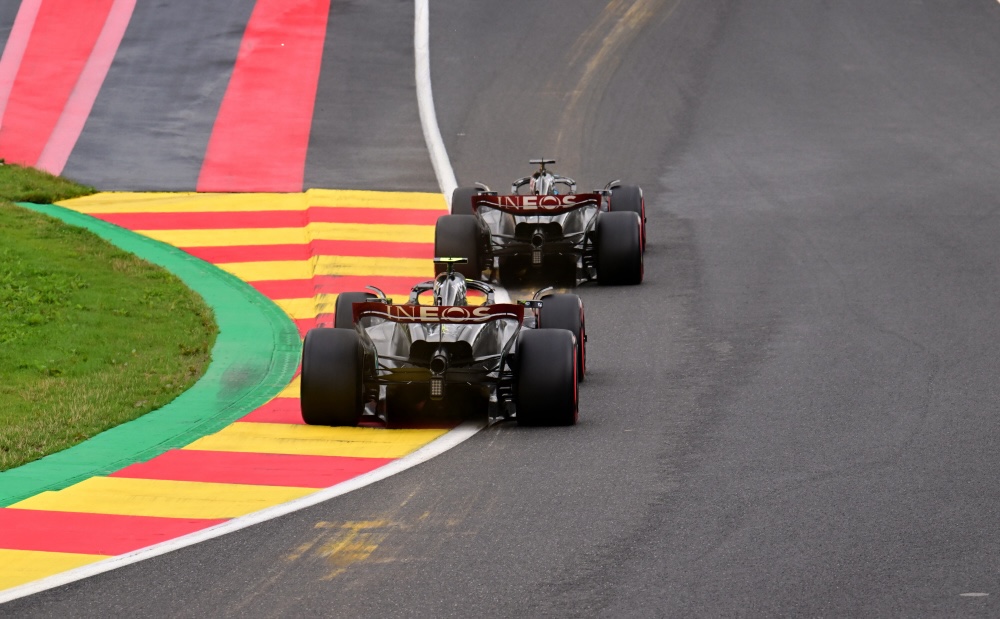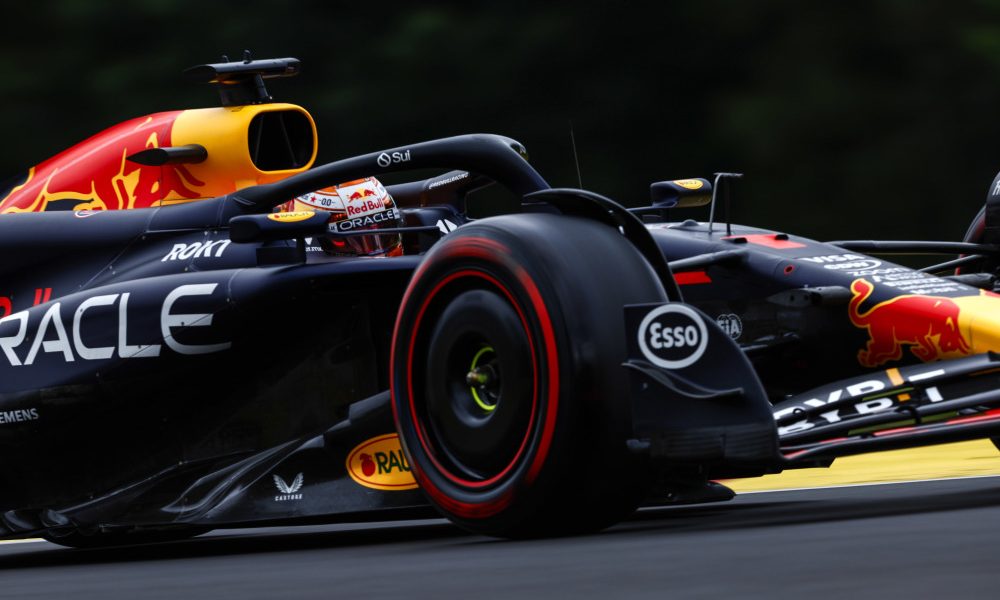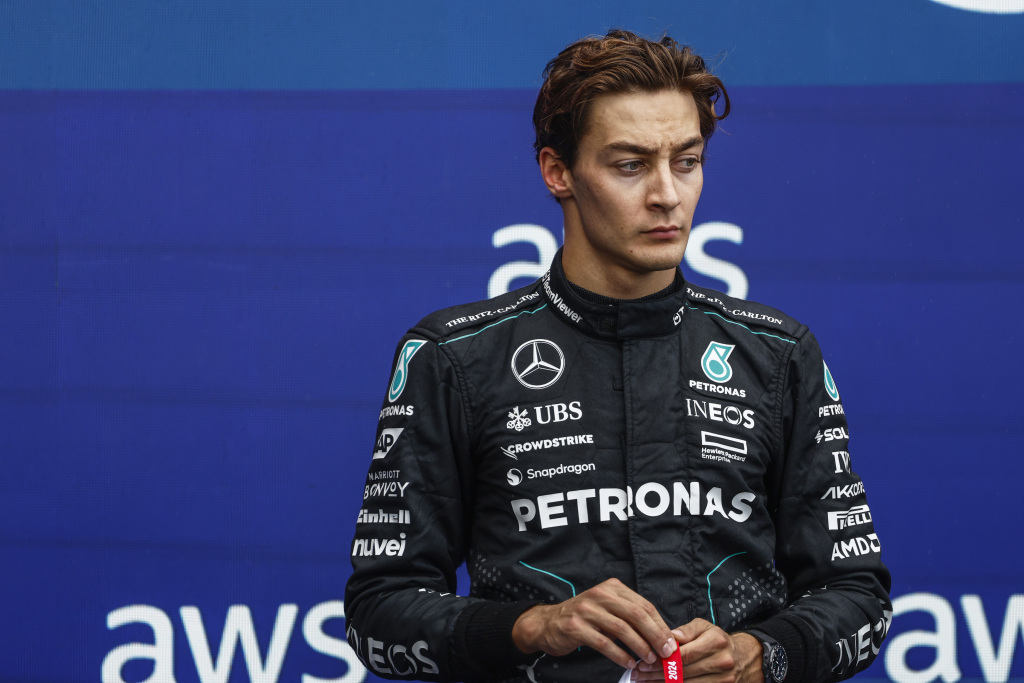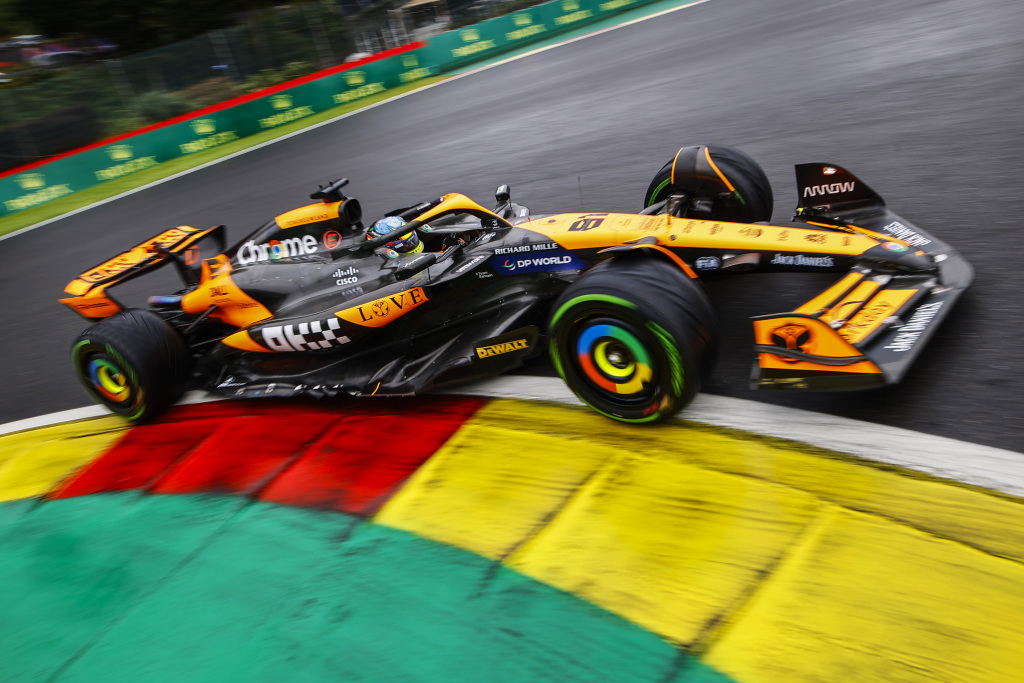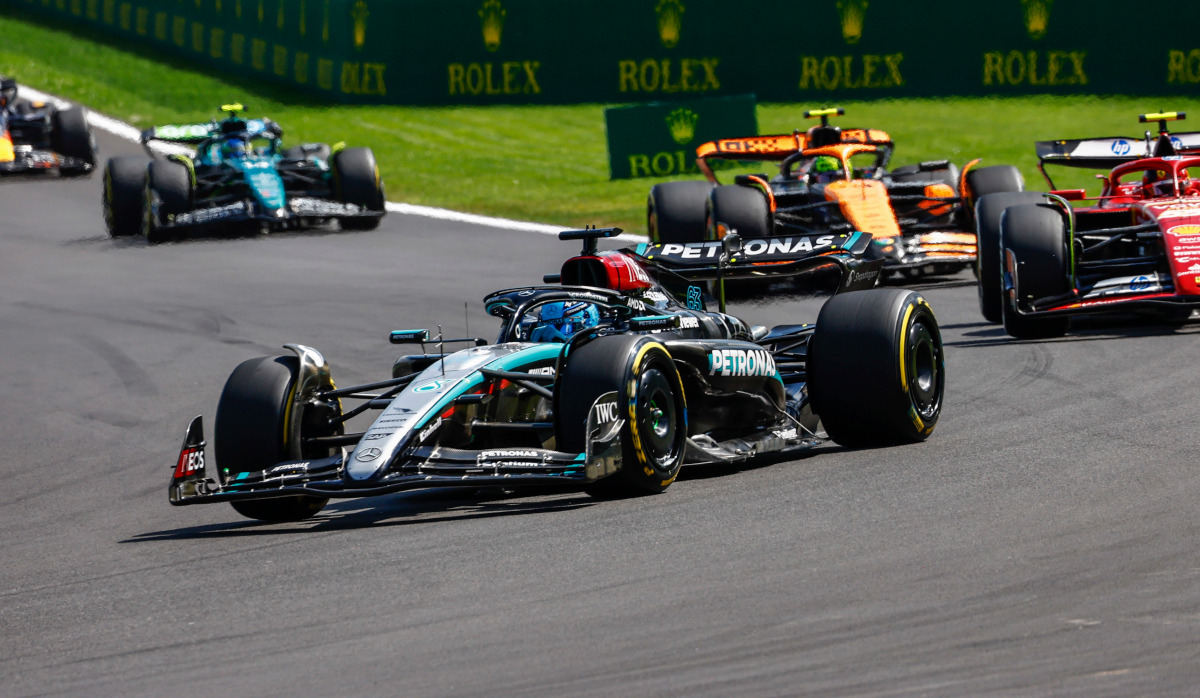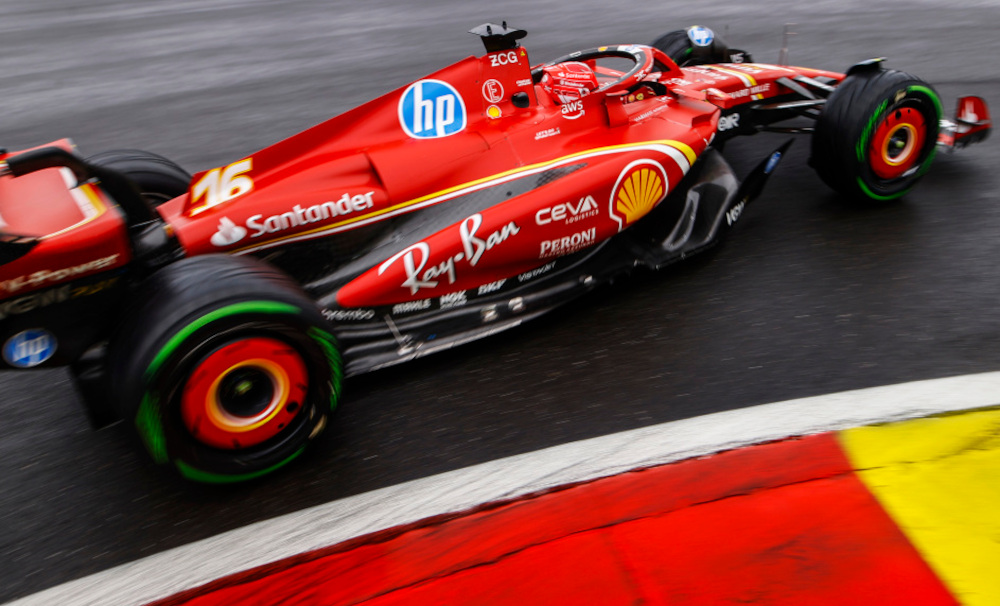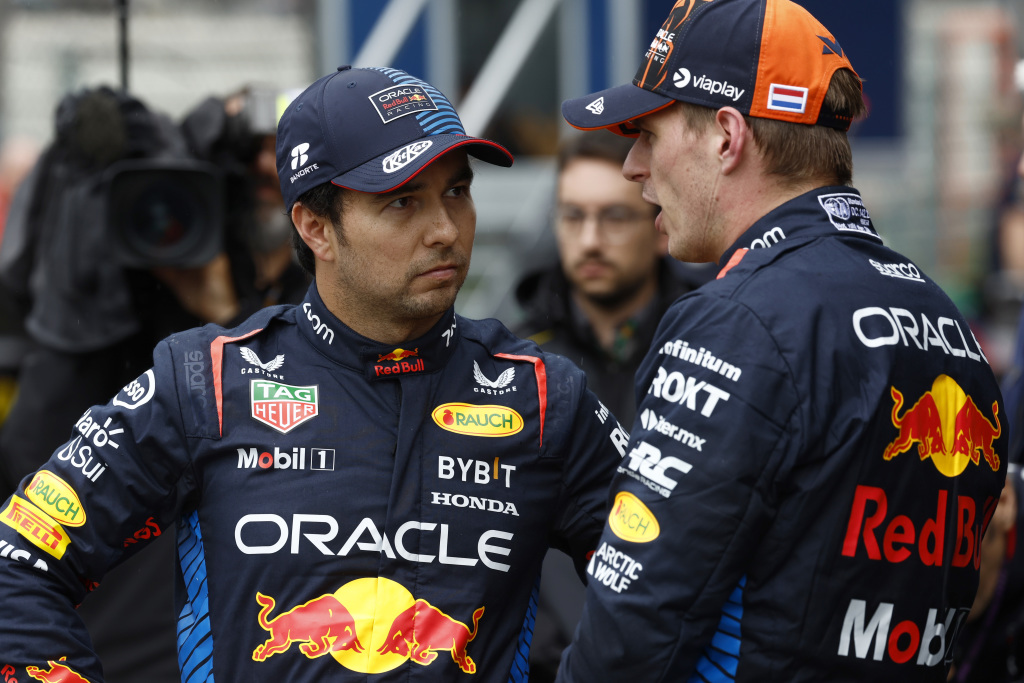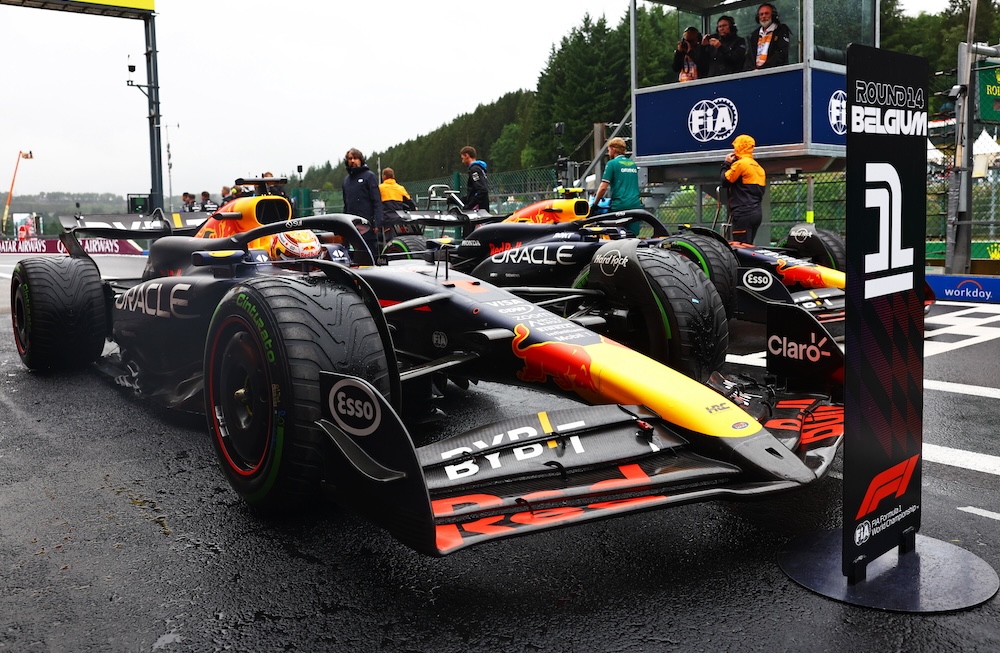Mercedes will look to adapt its processes to avoid a repeat of George Russell’s disqualification in the Belgian Grand Prix, after revealing its cars were within 500 grams of each other starting the race.
Russell was disqualified for his car being 1.5 kilograms (3.3 lbs) underweight after winning Sunday’s race at Spa-Francorchamps, having pulled off an originally unplanned one-stop strategy to run long to the end. Mercedes’ trackside engineering director Andrew Shovlin reiterated that excessive tire wear was a likely contributing factor, but that it was only an issue on Russell’s car.
“It was obviously very disappointing and unfortunate, particularly after he had driven such a strong race to win from so far back,” Shovlin said. “We are trying to understand exactly what happened.
“A lot of that involves us getting the weights of all the different components. The car can lose quite a lot of weight during the race. You get tire wear, plank wear, brake wear, oil consumption. The driver themselves can lose a lot, and in this particular race George lost quite a bit of weight.
“The cars started the race the same weight. Lewis [Hamilton] and George were both weighed after qualifying. The cars were within 500 grams. George’s car was the only one that had the problem, and it is because things like the tire wear was much higher. It looks like we lost more material on the plank. We will collect all that data, look at how we can refine our processes because clearly, we do not want that to happen in the future.”
[lawrence-auto-related count=3 category=1388]
Shovlin accepts the loss of weight would have had an impact on Russell’s overall race time, albeit measured in extremely small quantities.
“In terms of pace at the start of the race it is nil because George’s car and Lewis’ car start the race at the same weight. Obviously, as George’s car was losing weight faster than Lewis’ throughout the race, there is an associated gain with that.
“But you are into the hundredths of a second per lap. It will be very small because when you are talking about amounts like one or two kilos, they do not amount to a lot of lap time. But as I said, at the start of the race the cars were the same weight.”
With Hamilton inheriting the victory having originally finished second, Shovlin says there are clear positives that Mercedes is trying to focus on as a result of its performance in Belgium, despite the disappointment of losing a one-two.
“It was very much a bittersweet moment. It was a fantastic finish to the race. To get the cars home 1-2 was a real achievement, particularly because we had had such a difficult Friday. But overall, aside from the disappointment, the team is really encouraged by the performance. It was a great turnaround by the engineering team to get the car sorted out to perform so well in the race.
“It was also encouraging for us as hot circuits have not been our strength this year. The track was pretty hot there in Belgium and we were able to perform really well, particularly on the long run. George obviously did one of the longest stints of anyone. Plenty of positives for sure, and just a shame that we could not keep the result.”
